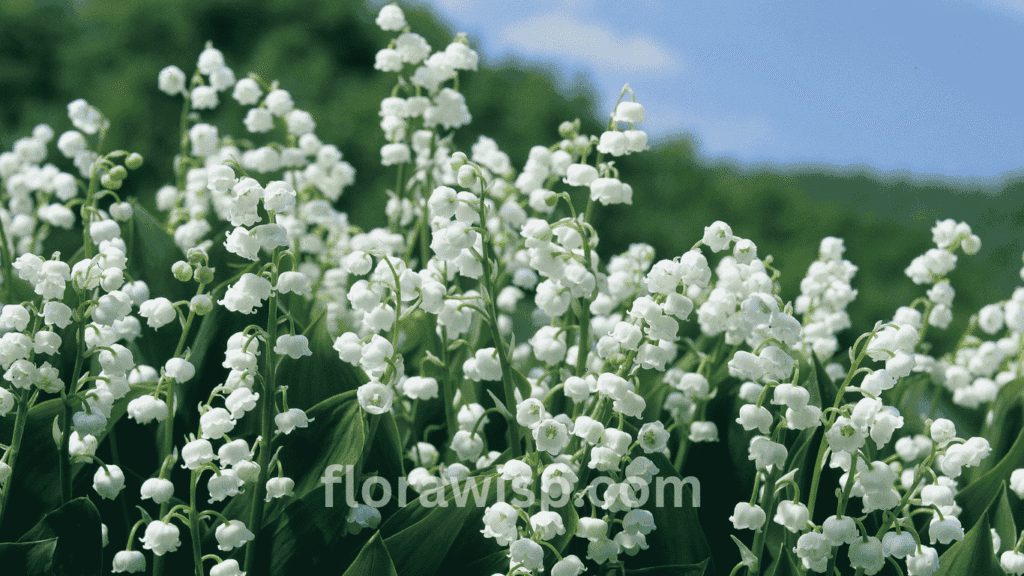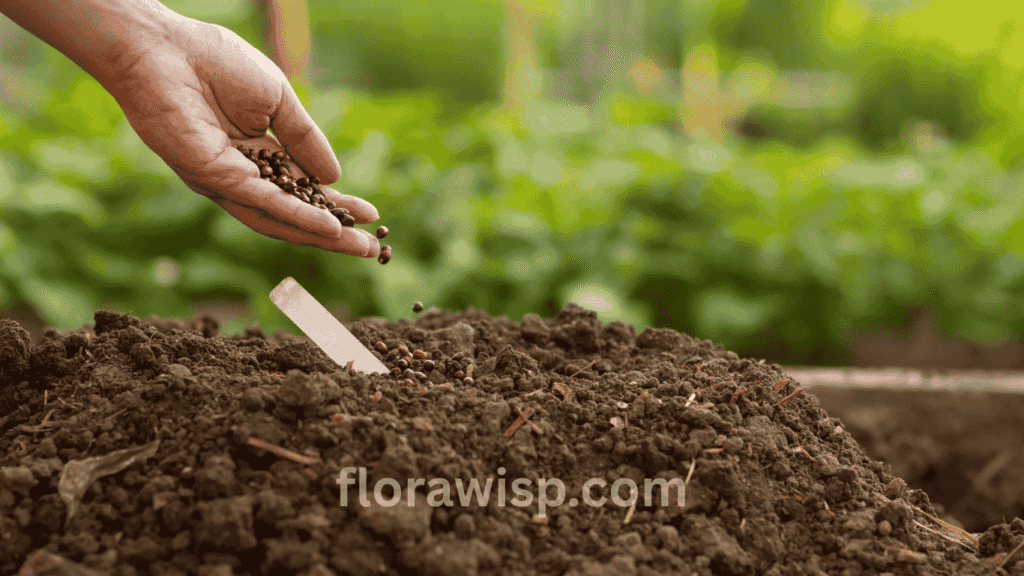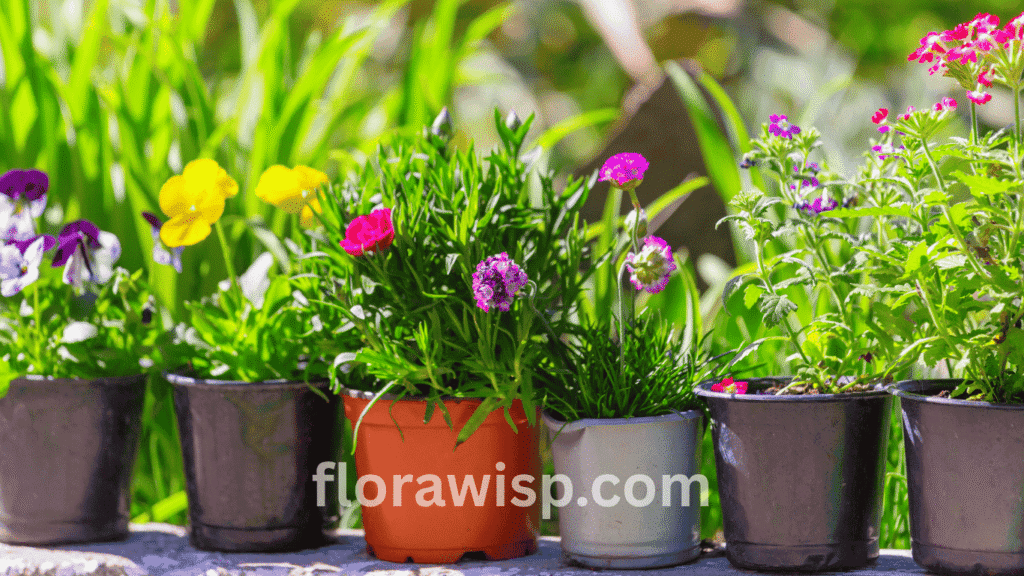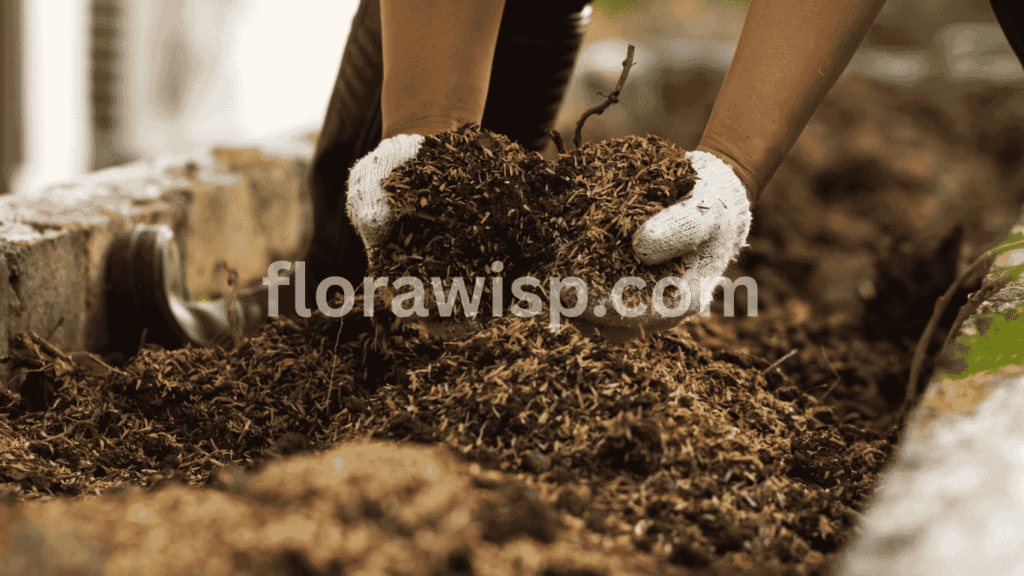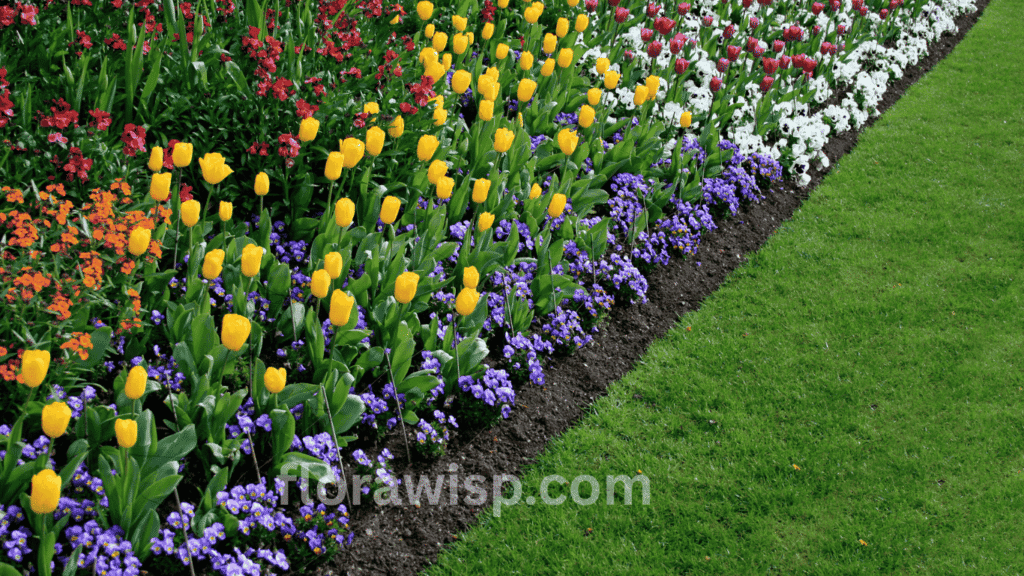row lily of the valley easily! Learn how to plant, buy, and care for it like a expert. Fragrant blooms, shady spots get all tips now! Lily of the valley is a timeless favorite among American gardeners prized for its fragrant bell-shaped blooms, easy shade-loving nature, and ability to naturalize in even the trickiest corners of your yard. Whether you’re looking to buy pips, order live plants online, or understand how to grow and plant lily bulbs successfully, this guide covers everything you need in one place.
Blooming from late April to early June depending on your zone, these perennials thrive in moist, well-drained, partially shaded areas, making them perfect for woodland gardens or under deciduous trees. Their scent sweet, fresh, and citrusy is legendary in perfumes and wedding bouquets alike. We’ll also explore where to source quality plants, how to ensure fast root establishment, and tips to keep them thriving year after year.
With insights drawn from real-life planting across USDA Zones 4–8, plus expert advice on spacing, soil prep, bloom care, and reliable sellers, you’ll be fully equipped to grow a lush lily-of-the-valley patch with confidence.
In This Article
The Charm of Lily of the Valley: A Flower Full of Meaning
Every spring, as my woodland beds come alive, the soft bells of lily of the valley are among the first blooms to greet me. Their gentle scent and nodding heads have been a quiet companion in my garden for over years. But these dainty white flowers offer more than beauty; they carry centuries of symbolism, cultural depth, and deeply personal meaning.
A Flower Rooted in Purity, Renewal, and Emotion
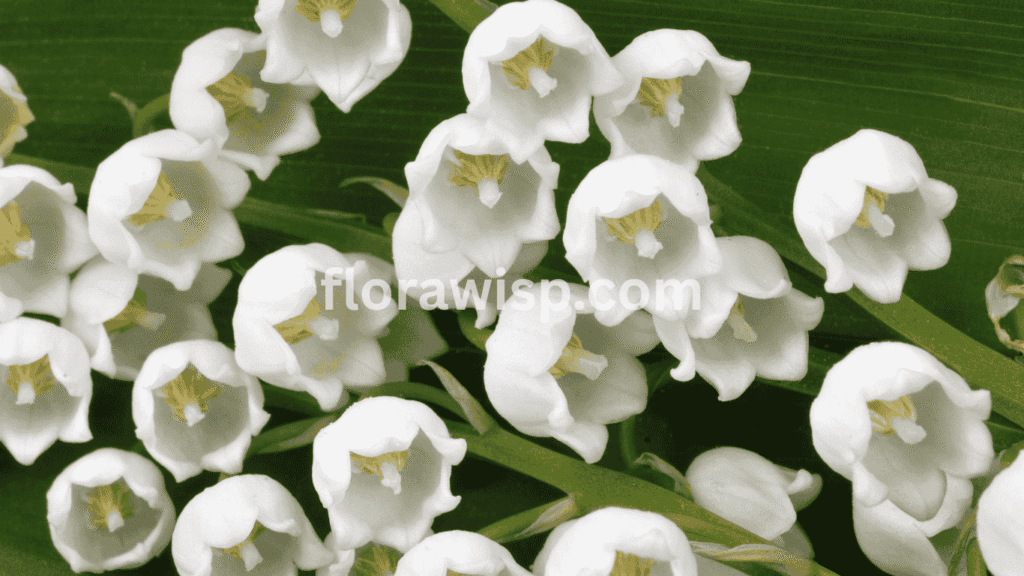
The lily of the valley flower is not just beloved for its appearance; it holds deep symbolic significance across cultures. Traditionally, it represents purity, rebirth, humility, and the return of happiness making it a meaningful choice in wedding bouquets and spiritual ceremonies. In Christian lore, it’s often referred to as Our Lady’s Tears, believed to have sprung from the Virgin Mary’s sorrow during Christ’s crucifixion. These small white bells have come to symbolize hope emerging from grief, a message that continues to resonate through generations.
In my own garden, I planted a lily of the valley beneath a white dogwood tree in memory of my grandmother. Every May, it returns with such quiet consistency that it feels like she’s still nearby. The connection this flower creates between memory and rebirth is something few plants can match.
What Does Lilies of the Valley Symbolize?
Gardeners often ask, “What does lily of the valley symbolize in different cultures?” In Victorian floriography (the language of flowers), it conveyed a return to happiness and was used to express deep love and devotion. For May-born individuals, it’s more than just a springtime flower lily of the valley. Birthday flowers are the official bloom of the month, often given to celebrate purity of heart and new beginnings.
Whether you’re planting for personal reflection or gifting it to someone who’s experienced loss, this flower has a way of speaking volumes with just a few bells.
A Delicate Flower With a Cautionary Tale
Although breathtaking in its innocence, lily of the valley carries a hidden danger. All parts of the plant are toxic if ingested something that made it a plot point in the hit series Breaking Bad. The use of lily of the valley in Breaking Bad reminded many viewers (and gardeners) of its natural chemical makeup. While I’ve grown it safely for years, I always remind fellow gardeners to plant it in spots that are out of reach for pets and young children.
Why Gardeners Keep Returning to This Flower
To me and many gardeners I know, lilies of the valley isn’t just a flower it’s a ritual. It’s the one bloom that tells us spring has officially arrived. It doesn’t demand attention but always earns it. It has filled bouquets for brides, symbolized healing for the grieving, and brought quiet joy to those who simply watch it bloom year after year.
Whether you’re planting a tribute garden, designing a shaded border, or simply looking for a flower rich with meaning, lily of the valley offers something timeless. Its charm lies not just in its looks, but in its legacy.
Exploring Lily of the Valley Colors & Varieties
Few garden treasures rival the understated elegance of lilIes of the valley. While the classic white lilies are beloved by gardeners everywhere, exploring lily of the valley colors can add unexpected depth and interest to shaded borders and woodland extensions. In my two decades of tending these blooms across USDA Zones 5–8, I’ve discovered that each hue brings unique character and distinct benefits to the garden.
Traditional White vs. Colored Lily of the Valley
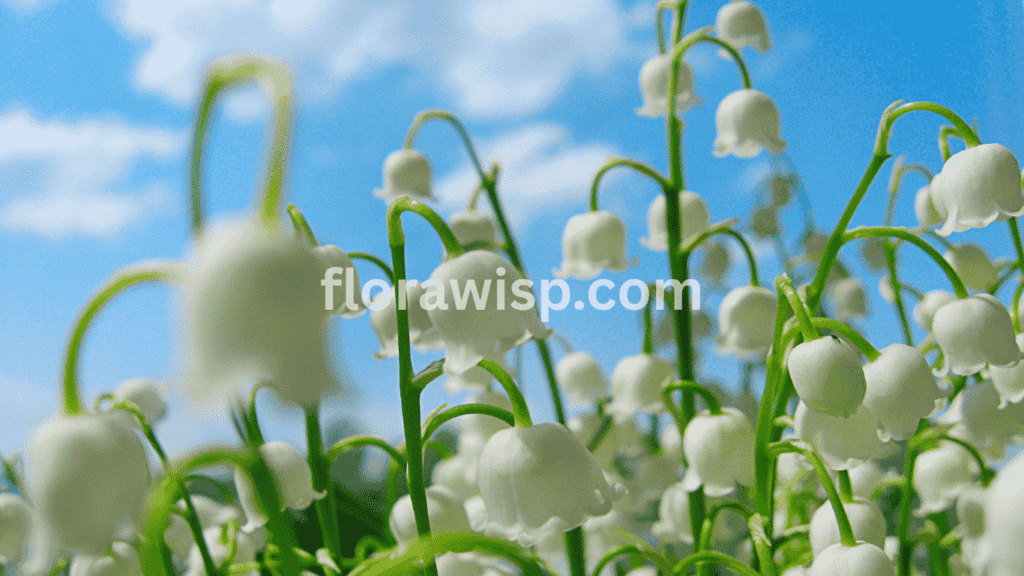
- Classic White Bells: The pure white lily of the valley offers a crisp contrast against dark-leaved hostas and ferns. Their bright blooms reflect morning light, creating a cool, dewy effect that uplifts any shady nook.
- Colored Lily of the Valley: Beyond white, enthusiasts have developed rare cultivars in subtle pinks, lavenders, and even bluish tones. Although less common, these colored lily of the valley varieties can transform a monochrome patch into a painter’s palette.
Pink Lily of the Valley
- Appearance: The pink lily of the valley features delicate, pastel-pink bells that deepen to rise as they mature. In early spring, their soft hue stands out against new spring foliage.
- Garden Benefit: I’ve planted a lily of the valley pink beneath a canopy of Japanese maples. The gentle blush complements the fiery spring foliage, creating a serene woodland vignette.
- Care Tip: Ensure rich, humus-rich soil and consistent moisture. Pink bells often tolerate slightly more sun than white varieties, making them ideal for spots with morning light.
Blue Lily of the Valley
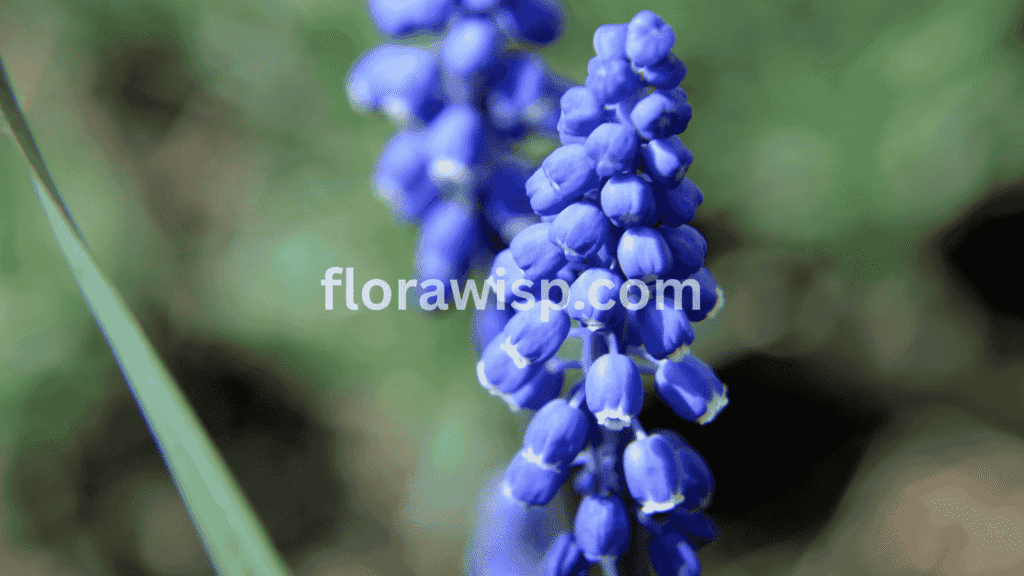
- Appearance: True blue lily of the valley is exceedingly rare, often more lavender than true blue. These bells carry a soft purple tint that deepens at the tips.
- Garden Benefit: In my garden, a small cluster of blue lilies of the valley provides a cool counterpoint to yellow daffodils. The subtle hue creates a calming effect, perfect for meditation paths or serene seating areas.
- Care Tip: Treat lavender-tinged bells like their white counterparts shade, moisture, and leaf litter mulch. Their rarity means they appreciate extra organic matter and gentle protection from harsh midday sun.
The Elusive Lily of the Valley Purple
- Appearance: You may encounter references to lily of the valley purple, but true purple bells are virtually non-existent. Most “purple” listings are hybrids or simply mislabeled.
- Distinguishing Factor: If you see star-shaped flowers with purple tops, you’re likely looking at false lilies of the valley (Maianthemum canadense). Unlike true lily of the valley, false variants have clusters of tiny stars rather than hanging bells.
- Garden Note: False lily of the valley can naturalize rapidly in woodlands. While charming, it lacks the signature bell fragrance and should be managed to prevent it from outcompeting true bulbs.
Calla Lily Valley: Not the Same, But Equally Elegant
- Clarification: The calla lily valley is often mistaken for lily of the valley, but calla lilies (Zantedeschia) are a separate genus with upright trumpet flowers.
- Visual Contrast: I once paired calla lilies alongside lily of the valley to dramatic effect white callas rising above low-growing bells created a layered, tiered display.
- Care Comparison: Calla lilies prefer sun to part-shade and more heat, while true lily of the valley thrives in cool, shaded conditions. Plant each in soil tailored to its needs for best results.
Pink Lily Valley Hybrids: A Florist’s Favorite
- Introduction: The term pink lily valley often refers to florist-bred hybrids combining lily of the valley’s charm with other shade-loving bells.
- Garden Benefit: These hybrids typically boast stronger stems and slightly larger bells perfect for cutting gardens or small bridal bouquets.
- Personal Insight: I tested a pink lily valley hybrid this spring, and its sturdier stems held up beautifully in a vase, extending the enjoyment of those gentle pink bells indoors.
Designing with Color: Tips from My Garden
- Layering: Combine white, pink, and lavender-tinged varieties in drifts beneath trees to mimic a natural forest floor.
- Contrast: Pair colored bells with dark foliage heucheras, Japanese painted ferns, or black mondo grass to make hues pop.
- Seasonal Interest: Use lily of the valley colors to bridge the gap between early spring bulbs and late-spring perennials, ensuring continuous garden appeal.
By experimenting with these rare hues pink lily of the valley, blue lily of the valley, and even exploring hybrids you can elevate a simple shade garden into a dynamic, sensory-rich landscape. Each color offers its own magic, turning a quiet corner into a vibrant spring sanctuary. I often combine them with bold shapes like the Calla Lily to add structure and elegance creating contrast that not only pleases the eye but also enhances the overall garden design.
How to Grow & Care for Lily of the Valley
Over the past years gardening in USDA Zone 6, I’ve grown lily of the valley in both open beds and containers. These charming perennials are more than just beautiful; they’re reliable bloomers with a scent that signals spring’s true arrival. But their delicate bells demand a little thoughtful care.
The best way to grow lilies of the valley is to recreate its native woodland setting cool, moist, shaded, and rich in organic matter. In my experience, planting them beneath deciduous trees works perfectly. They love the dappled light that comes before the canopy fills in. Avoid spots with full sun all day; they’ll wilt and lose vigor.
How to Plant Lily of the Valley for Strong Root Growth
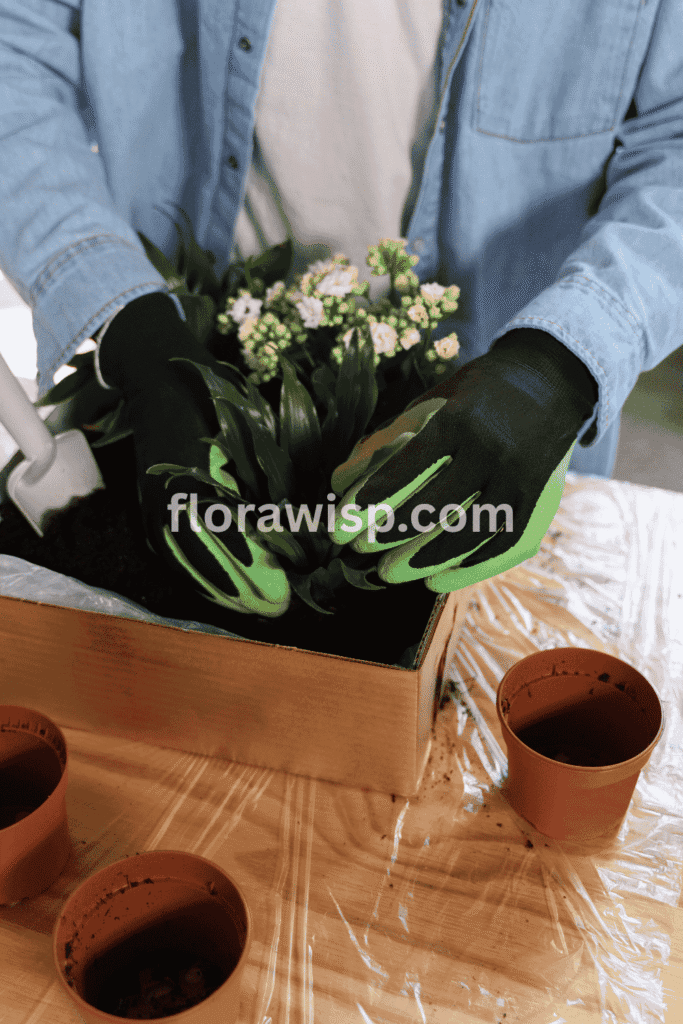
Start with healthy rhizomes called pips. I plant mine in early spring or late fall when the soil is cool and workable. Here’s my personal planting method that works every time:
- Dig a shallow trench about 1.5 inches deep.
- Lay each pip horizontally with the pointy side up.
- Space them 3–6 inches apart to allow root spread.
- Backfill and water deeply to settle the soil.
For me, this method encourages quicker root establishment. The lily of the valley roots are aggressive spreaders, forming thick colonies over a few seasons ideal for ground cover in shady gardens.
Watering Lily of the Valley the Right Way
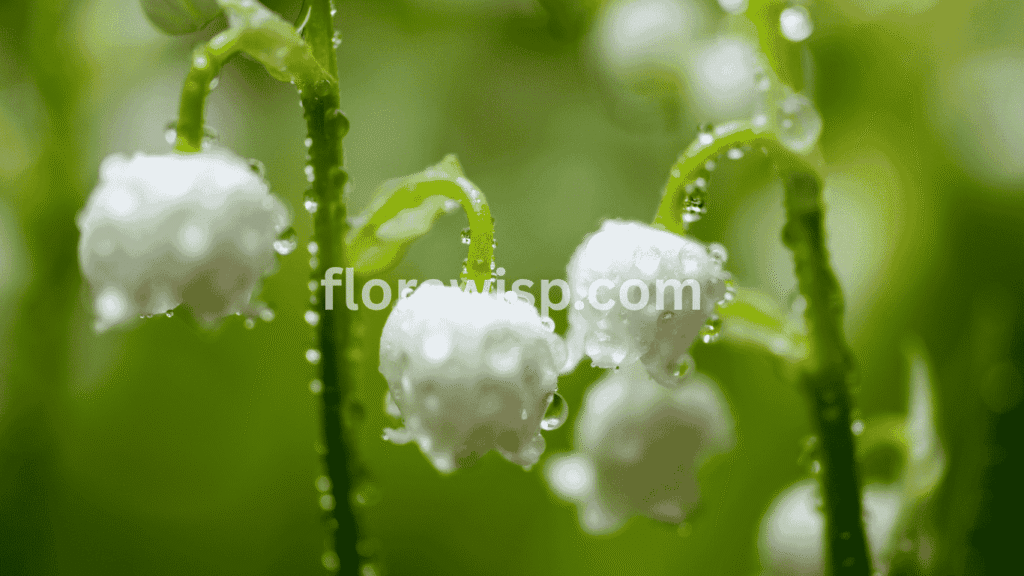
How often should you water lilies of the valley? In my garden, I keep the soil consistently moist but never soggy. During the first year, I water them twice a week during dry spells. Once established, they’re quite drought-tolerant in shade, but don’t let the soil dry out completely, especially during spring growth.
In containers, daily watering may be needed in warmer months. Always check the top inch of soil.
Growing Lily of the Valley in Pots and Indoors
If you’re short on garden space, growing lilies in pots is absolutely doable. Choose a deep container with drainage holes and fill it with humus-rich soil. Place the pot in a cool, shaded area outdoors, or in a north-facing window if indoors.
How to keep lily of the valley indoors? Keep them cool (ideally below 65°F), mist them during dry seasons, and rotate the pot weekly for even light. Indoors, they may bloom less vigorously, but the foliage remains lush with proper care.
When Do Lily of the Valley Bloom?
In most temperate zones, lily of the valley blooms from late April to early June. In my garden, the bell-shaped white flowers usually peak around Mother’s Day. Their signature scent, soft, sweet, and slightly citrusy, is strong enough to fill an entire garden corner.
That lily of the valley scent is what makes them such a staple in spring gardens and bridal bouquets alike.
Unexpected Benefits of Lily of the Valley
Beyond their looks, the benefits of lilies of the valley are quite impressive. They naturally repel deer and rabbits, and their dense foliage shades out weeds. Historically, they’ve been used in herbal medicine, although extreme caution is needed due to their toxicity.
I’ve also experimented with different varieties like the lily of the valley shrub (a taller cousin with similar flowers) and the lily of the valley tree (Clerodendrum minahassae), which thrives in my greenhouse. While not true lilies of the valley, they offer similar charm in warmer zones.
Whether you’re planting in a shaded corner of your backyard or in a ceramic pot on the porch, give your lily of the valley cool roots, filtered light, and consistent moisture and it will reward you with timeless beauty season after season.
Propagation & Supplies: From Bulbs to Full Bloom
If you’ve ever admired a thriving patch of lilies of the valley, you might be surprised to learn how simple it is to grow when you start with the right materials. Over my years of gardening, I’ve found that while lily of the valley seeds may sound tempting, they’re notoriously slow and tricky due to their need for cold stratification. Instead, like most experienced gardeners, I recommend starting with lily of the valley bulbs or healthy seedlings for consistent results.
Why I Choose Bulbs Over Seeds
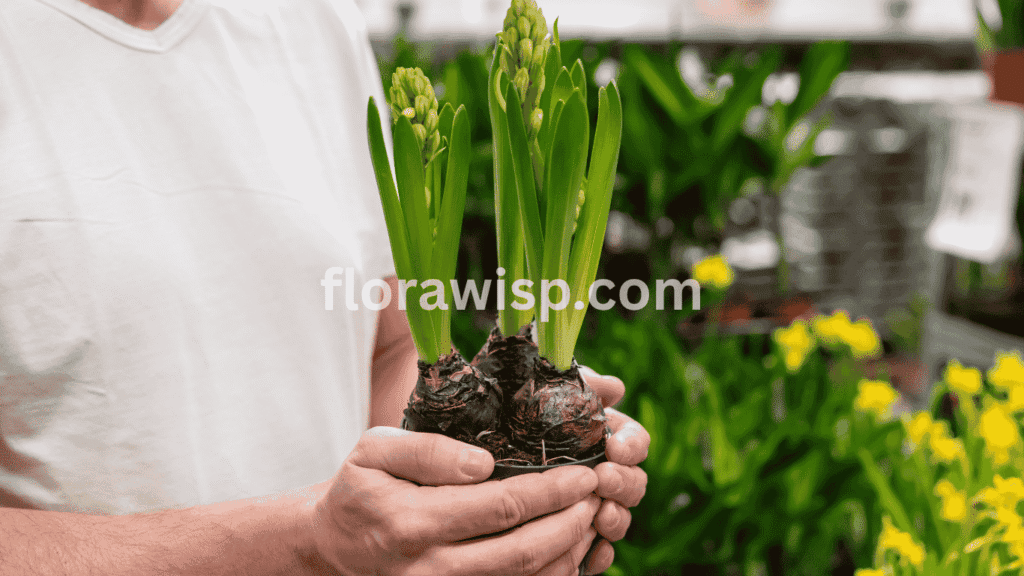
Starting lily of the valley from seed requires patience and precision. The seeds need a cold, moist treatment for 12–16 weeks to break dormancy. Even then, germination is slow, and success rates are low. I attempted this method early in my gardening journey, only to find that fewer than 30% of the seeds ever sprouted even with optimal care.
On the other hand, planting lily of the valley bulbs has consistently yielded beautiful, fragrant blooms in my shaded woodland garden beds. In my experience, fall planting gives the bulbs ample time to settle before spring growth. However, if the ground isn’t frozen, early spring works just as well. I typically see a 90–95% sprout rate from quality bulbs sourced from reputable growers.
Choosing the Right Bulbs and Seedlings
When selecting lily of the valley bulbs, firmness and moisture matter. Avoid any bulbs that feel dried out or have mold. I usually purchase mine from certified growers in the Midwest, where they’ve been cultivated in similar climates to my USDA Zone 6 garden. These bulbs adapt quickly and send up strong shoots by late April.
If you’re a beginner, lily of the valley seedlings or potted lily of the valley plants for sale in nurseries are excellent starting points. These young plants are already past the tricky germination stage, making them ideal for quick establishment. A few years ago, I added a dozen bare-root plants from a local native plant nursery, and every single one took off within weeks of planting.
Where to Find Lily of the Valley Near You
One of the most common questions I hear is, “Where can I find lily of the valley to shop?” Here’s what I tell fellow gardeners: check your local garden centers in early spring, especially those that specialize in native perennials. Spring garden festivals and plant swaps can also be goldmines for finding established divisions.
For broader selections, online retailers are a great option. Just be sure to choose vendors with clear shipping timelines and customer reviews. Garden forums and social media groups focused on your region can also lead you to reliable sellers or even generous gardeners looking to share their bounty.
Tips for Planting and Care
When planting lily of the valley bulbs, prepare a shaded bed with rich, moist, well-draining soil. I amend mine with leaf mold and compost before placing the bulbs about 1 inch deep and 4 inches apart. Water well after planting, and mulch to retain moisture. Once established, these plants are remarkably low-maintenance and will naturalize beautifully.
Whether you’re starting with lily of the valley seedlings, bare-root plants, or healthy bulbs, this plant rewards patience with timeless charm and fragrance that fills the garden from spring to early summer.
Gifting Lily of the Valley: Bouquets, Bridal Ideas & Personal Insights
When it comes to meaningful floral gifts, few can rival the delicate charm of the lily of the valley. As a lifelong gardener, I’ve had the privilege of growing, harvesting, and arranging these dainty white bells into dozens of heartfelt bouquets for weddings, memorials, and especially Mother’s Day.
There’s something timeless about the lily of the valley bouquet. Its crisp white blooms and sweet fragrance embody purity, devotion, and grace. In fact, that’s precisely why it’s a long-standing favorite for brides.
Why Lily of the Valley Is a Bridal Favorite
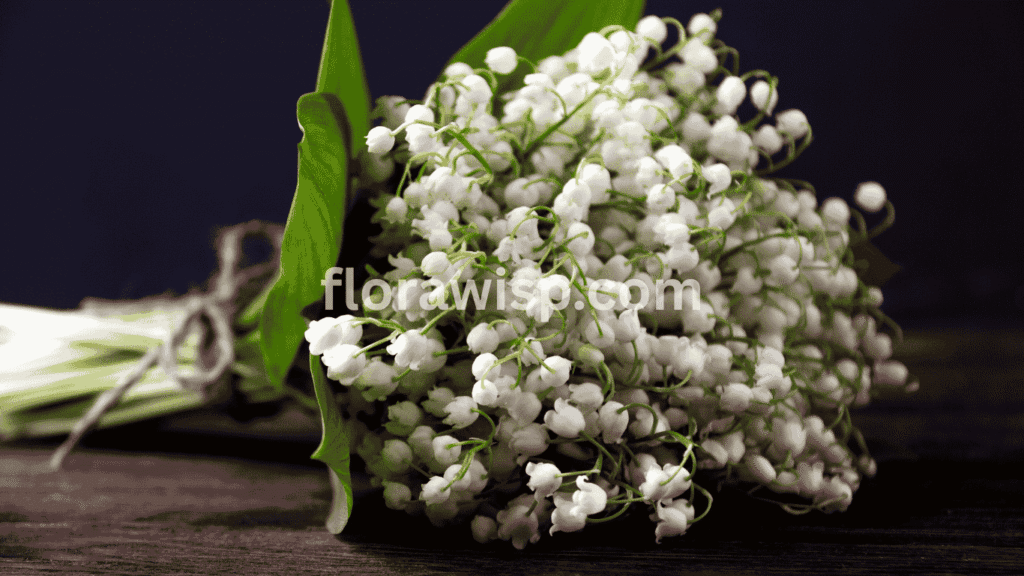
Many brides are drawn to the lily of the valley bridal bouquet not just for its appearance, but for its symbolism. It represents the return of happiness and the purity of new beginnings. What could be more fitting for a wedding day? Kate Middleton’s bridal bouquet featured lily of the valley, sealing its reputation as a royal-worthy flower.
In my own floral design work, I’ve crafted bouquet lily of the valley arrangements for both traditional and modern brides. Some prefer to pair them with peonies or ivory roses for extra texture and volume. Others, like me, prefer the simplicity of a lily of the valley bouquet on its own clean, elegant, and deeply sentimental.
Seasonal Availability & Delivery Options
Because of their short bloom window, typically in April and May, lily of the valley bouquet delivery requires a bit of planning. I always tell fellow gardeners and clients: if you’re sending a bouquet, aim for mid-spring when the flowers are freshest and most fragrant.
Keep in mind that the lily of the valley cost can vary widely depending on the arrangement size and delivery location. Smaller posies might start at $45, while elaborate bridal designs can go up to $200 or more. The rarity and fragility of these blooms add to their value both financially and emotionally.
For special orders, I often recommend sourcing from trusted growers like Floris Lily of the Valley, who specialize in cultivating this plant specifically for floral design. Their flowers are grown with care and attention, ensuring quality and fragrance you won’t find at generic flower shops.
Vase Life & Presentation Tips
It’s important to remember that lilies of the valley have a short vase life typically 3 to 5 days. But that fleeting nature is part of what makes it so special. These blooms don’t overstay their welcome. They appear, enchant, and leave a lasting impression.
To make the most of them, I suggest keeping the bouquet in a cool room away from direct sunlight. Refresh the water daily and trim stems slightly to extend freshness. And if you’re gifting them, include a note about their meaning; it adds a personal touch that makes the gift even more cherished.
Whether you’re preparing a lily of the valley bridal bouquet, ordering a fragrant posy for Mother’s Day, or simply want to surprise someone with an elegant bouquet lily of the valley, these flowers are the perfect choice for marking life’s most tender moments. Their gentle appearance hides a powerful emotional resonance, something I’ve witnessed time and time again in the eyes of those who receive them.
FAQs
Q. Where to buy lily of the valley plants?
You can buy lily of the valley plants from local garden centers or trusted online nurseries right before spring sets in. For best results, choose vendors that specialize in native perennials or cool-climate flowers; this ensures the bare-root plants you receive are already acclimated. In my own gardening experience across USDA Zones 5–7, I’ve found regional growers offer stronger rhizomes and healthier transplant success compared to mass-market options.
Q. Where to order lily of the valley?
Order lily of the valley online from specialty plant retailers like White Flower Farm, Bluestone Perennials, or Etsy sellers with verified reviews. I personally recommend fall pre-orders with early spring delivery; it gives the plants time to settle before blooming. Always check USDA zone compatibility and look for retailers that offer live arrival guarantees, especially if you’re in warmer or drier climates.
Q. How to grow lily of the valley?
To grow lily of the valley successfully, plant it in partial to full shade with rich, moist, well-draining soil. These low-maintenance perennials thrive in woodland-style settings. In my shaded backyard garden in Zone 6b, they’ve formed dense, fragrant ground cover beneath maples requiring little care once established. According to horticultural data, they spread naturally through underground rhizomes, making them ideal for shady borders or wild gardens.
Q. How to plant lily of the valley?
Plant lily of the valley by spacing rhizomes or “pips” 4 inches apart and burying them 1 to 2 inches deep in rich, damp soil. I always water deeply right after planting to jumpstart root activation. Choose a shaded or semi-shaded spot that stays cool and moist. From my own plantings, spring and fall are both good times, but early spring gives them a stronger blooming start in colder zones.
Q. What does lily of the valley smell like?
Lily of the valley smells like a fresh, sweet blend of citrus, grass, and light floral notes often compared to jasmine with a lemony crispness. This delicate scent is powerful despite the plant’s tiny blooms. In my garden, their perfume drifts across the yard during early mornings in May. It’s no wonder perfumers like Dior and Floris have used it in iconic fragrances for over a century.
Q. When do lilies of the valley bloom?
Lily of the valley typically bloom between late April and early June, depending on your region’s climate and soil warmth. In my Zone 6b garden, they reliably flower just before Mother’s Day every year. These early bloomers are among the first perennials to emerge, often pushing through mulch and leaf litter. Their timely arrival signals the heart of spring and makes them a favorite for early-season bouquets.
Conclusion
Lily of the Valley may look delicate, but this charming perennial is tougher and more rewarding than most gardeners realize. With its fragrant bell-shaped blooms, deep-rooted symbolism, and shade-loving nature, it’s the perfect fit for woodland gardens, shaded borders, or even containers. Whether you’re planting bare-root pips in early spring or nurturing an established patch, consistent moisture and rich soil are the real keys to long-term success.
From its graceful appearance to its meaningful presence in folklore and weddings, Lily of the Valley offers beauty far beyond the surface. Now that you’ve explored how to grow, care for, and even source this classic plant, you’re ready to welcome its timeless charm into your garden.
If you’ve been searching for a low-maintenance flower with high visual and emotional impact, Lily of the Valley could be your next favorite perennial. Let it bloom and watch your shaded garden come to life. For more on another elegant indoor bloom, explore the Peace Lily Flower, a perfect complement to your serene green space.
References
North Carolina State University Extension – Lily of the Valley Facts
Better Homes & Gardens – How to Grow Lily of the Valley
Garden Design – Lily of the Valley Growing Guide
Gardener, M.Sc. Horticulture
Elara Bennet is a gardening writer from Austin, TX, passionate about sustainable lawns and blooms. Read full bio →

